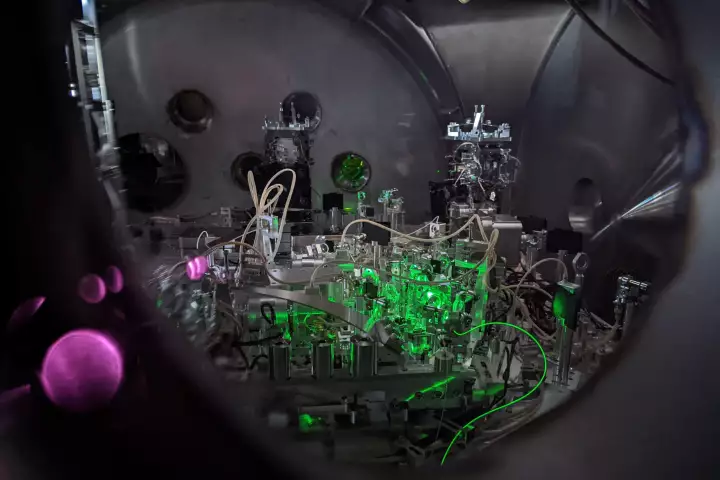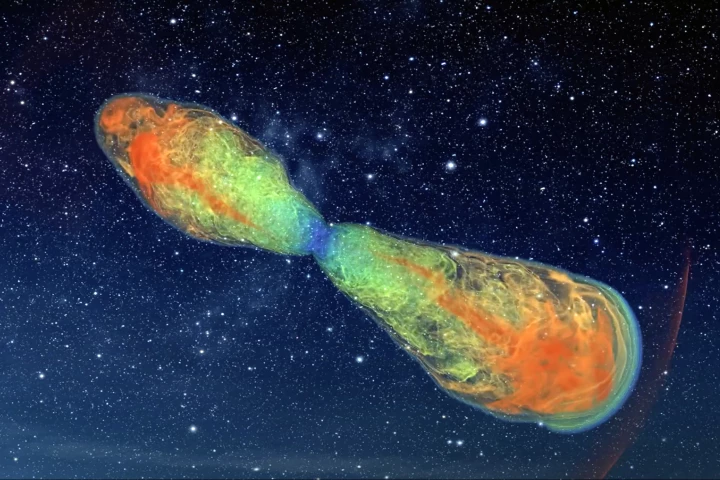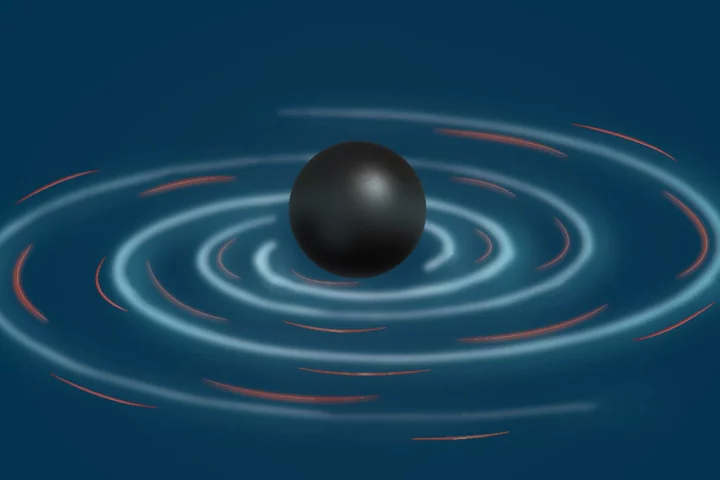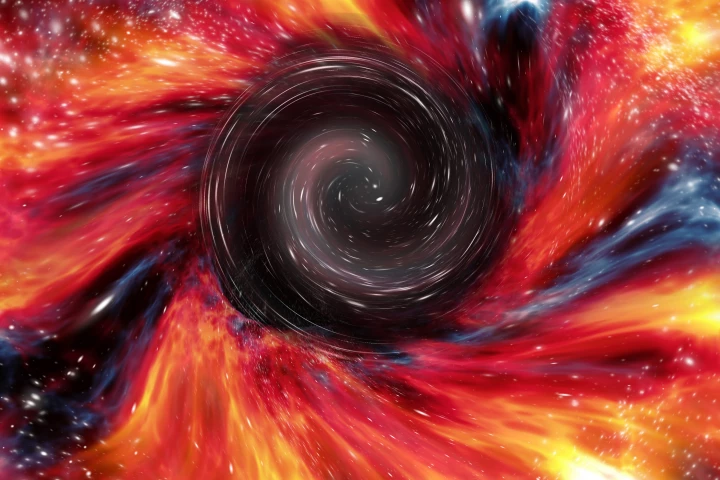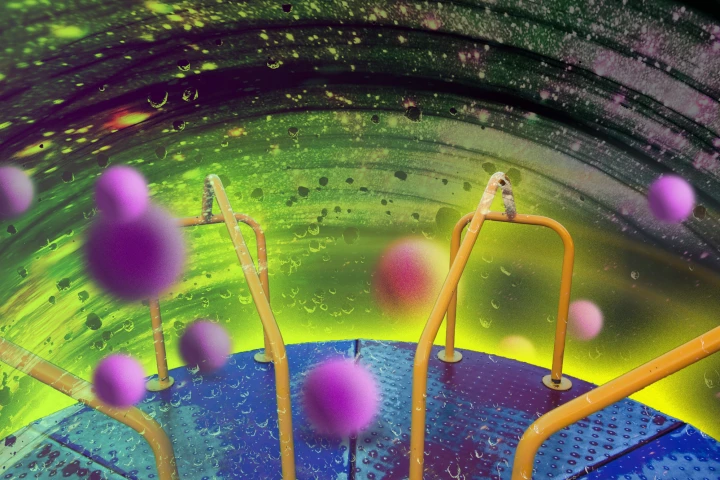LIGO
-
Gravitational wave facilities measure spacetime distortions down to 10 quadrillionths of a hair – small enough for interference from particles popping in and out of existence. Now LIGO has pushed beyond this quantum limit by “squeezing” laser light.
-
The very fabric of spacetime is constantly warping on unimaginably tiny scales, as ripples from past cataclysms wash over us. Astrophysicists have now detected a background sea of gravitational waves, using a galaxy-scale detector of dead stars.
-
Until now, our only source of gravitational waves has been binary star systems. Researchers from Northwestern University have potentially discovered a new non-binary source of gravitational waves: the debris ‘cocoon’ that forms around a dying massive star.
-
Gravity is the only fundamental force that can’t currently be explained by quantum physics. Now scientists have outlined a plan to look for signs of quantum gravity out in the cosmos by listening in to the 'ringing' of colliding black holes.
-
A team of European researchers has suggested that the Moon’s orbit could be used as a gigantic detector for gravitational waves. These waves, much smaller than those that existing detectors can pick up, could originate from the early universe.
-
A huge range of dark matter suspects are being investigated. In a new study, astronomers have searched for clouds of hypothetical ultralight particles that could congregate around black holes, and reveal themselves by sending out gravitational waves.
-
Astronomers have reported a bumper crop of new gravitational wave detections. The 35 new signals, comprising the third Gravitational-Wave Transient Catalog (GWTC-3), help scientists probe the depths of the cosmos in more detail.
-
Astronomers have proposed a novel solution to one of the many mysteries of black holes – why do so many seem to be more massive than expected? A new model suggests that their growth may be “cosmologically coupled” to the expansion of the universe.
-
It’s tricky detecting gravitational waves – these spacetime ripples are often drowned out by background vibrations from earthquakes and human activity. Now a pair of astrophysicists has proposed a new location that would be far quieter – the Moon.
-
Astronomers have detected the final piece of the gravitational wave trifecta – a black hole swallowing a neutron star. Two separate events rolled in just days apart, with the black holes gobbling up the stars like Pac-Man rather than Cookie Monster.
-
“Stationary” has very different meanings in quantum scales – an object that looks perfectly still to us is made up of bouncing atoms. Now, scientists have managed to slow down the atoms almost to a complete stop in the largest macro-scale object yet.
-
With elusive dark matter continuing to evade detection, scientists are having to search in stranger and stranger places. In a new study, physicists at MIT have studied the spins of black holes for signs of drag from dark matter slowing them down.
Load More
